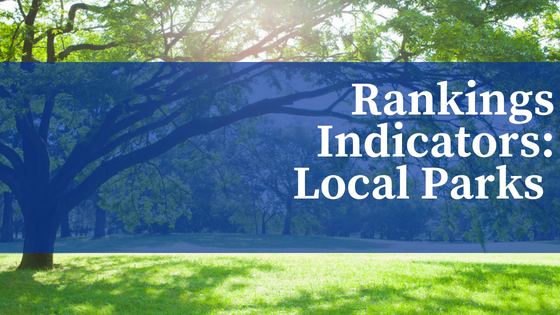Anchorage has more public access to park space per city acre than any other state in the United States, and its extremely variable climate presents the unique opportunity of hosting both winter and summer sports. Anchorage, the largest city in the state of Alaska, is surrounded by majestic mountain ranges and covered with forest and open fields. Recently, Anchorage was top of the “Parks” category in the 2018 American College of Sports Medicine’s American Fitness Index.
The Municipality of Anchorage, with 84.2 percent covered in parkland, easily leads the country for space designated to parks in a city. Anchorage also ranks first in the category of acres of parkland per 1,000 residents with over 223 parks, each averaging 4.7 acres in size. Up to 71% of Anchorage’s residents live within a ten-minute walk to one of its many parks. Most parks are available for use year-round, and the activities change along with the seasons. In the summer, temperatures reach as high as 90° F, averaging a comfortable 65° F. Soccer, football, disc golf and cycling are a common sight at local parks. Families spend time on the playgrounds and walk along Anchorage’s scenic trails. In the winter, however, temperatures can drop below -30° F, and Anchorage averages 74 inches of snow per year. Those conditions don’t stop the community from using their parks, but rather open up opportunities for cross country skiing on the freshly groomed 250 miles of trails, as well as downhill skiing, snowboarding and snowshoeing in the backcountry. Additionally, many of Anchorage’s outdoor parks and facilities are designed for use during both winter and summer. Basketball courts and lakes, for example, are often “hot-mopped” and converted to free outdoor skating rinks.

One of the most popular parks is the 1,500-acre Kincaid Park. It is well known for its sand dunes and access to the beach, and a goat-trail path along a breathtaking 300-foot bluff. The community has free access to soccer fields, a disc golf course, archery, fishing and wildlife viewing. Many community groups, such as the University of Alaska Anchorage Nordic Ski Team, take advantage of nearly 40 miles of world-class trails, all of which are groomed over in winter and used for roller skiing during the summer. The park has been a host for many community, high-school and college ski races, as well as U.S. National Championships and Olympic trials.
Volunteers are an integral part of maintaining and beautifying Anchorage parks and trails. Every year, volunteers contribute thousands of hours of service to the Parks and Recreation Department because the people of Anchorage value their outdoor space. In 2013, volunteers tallied over 125,000 hours of service to Anchorage parks. From general upkeep to specific jobs like grooming trails and prepping outdoor skating rinks, the volunteers are the reason that Alaska’s parks remain world-class.
With all of its magnificent parks, it’s obvious why outdoor enthusiasts are drawn from all over the world to visit Anchorage. Whether winter or summer, Anchorage is the perfect place to get moving outside and enjoy all that the 49th state has to offer without having to drive more than 20 miles in any direction.
Authors: Maryann Hoke, Junland Navarro, Yvonne Jeschke, Liam Lindsay and Darrion Gray of the Health, Physical Education and Recreation Department of the University of Alaska Anchorage and Alaska Regional Chapter of the American College of Sports Medicine.




